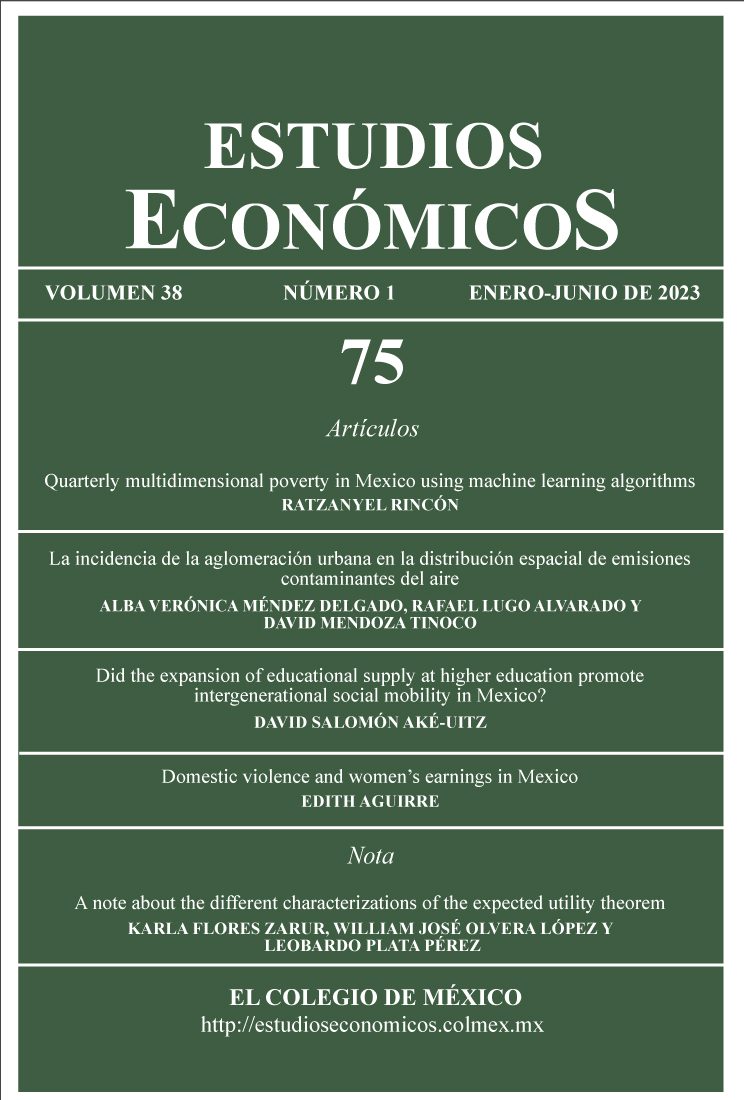Published 2022-12-16
Keywords
- expansion of the educational supply,
- higher education,
- intergenerational social mobility,
- Mexico
How to Cite
Abstract
I analyze the expansion of higher education and its contribution to social mobility by linking information from 2016 Mexican Social Mobility Survey and the National Educational Information System. The empirical strategy follows a difference-in-differences approach that exploits variation in school construction across birth cohorts and the state where the respondent lived at age 14. One new school constructed per 10 000 individuals of potential age to attend higher education (18-22 years), led to an increased the average schooling of the treated cohort by 0.60 years. However, no statistically significant evidence was found that it modified the structure of opportunities for educational and wealth mobility in its relative measures.

